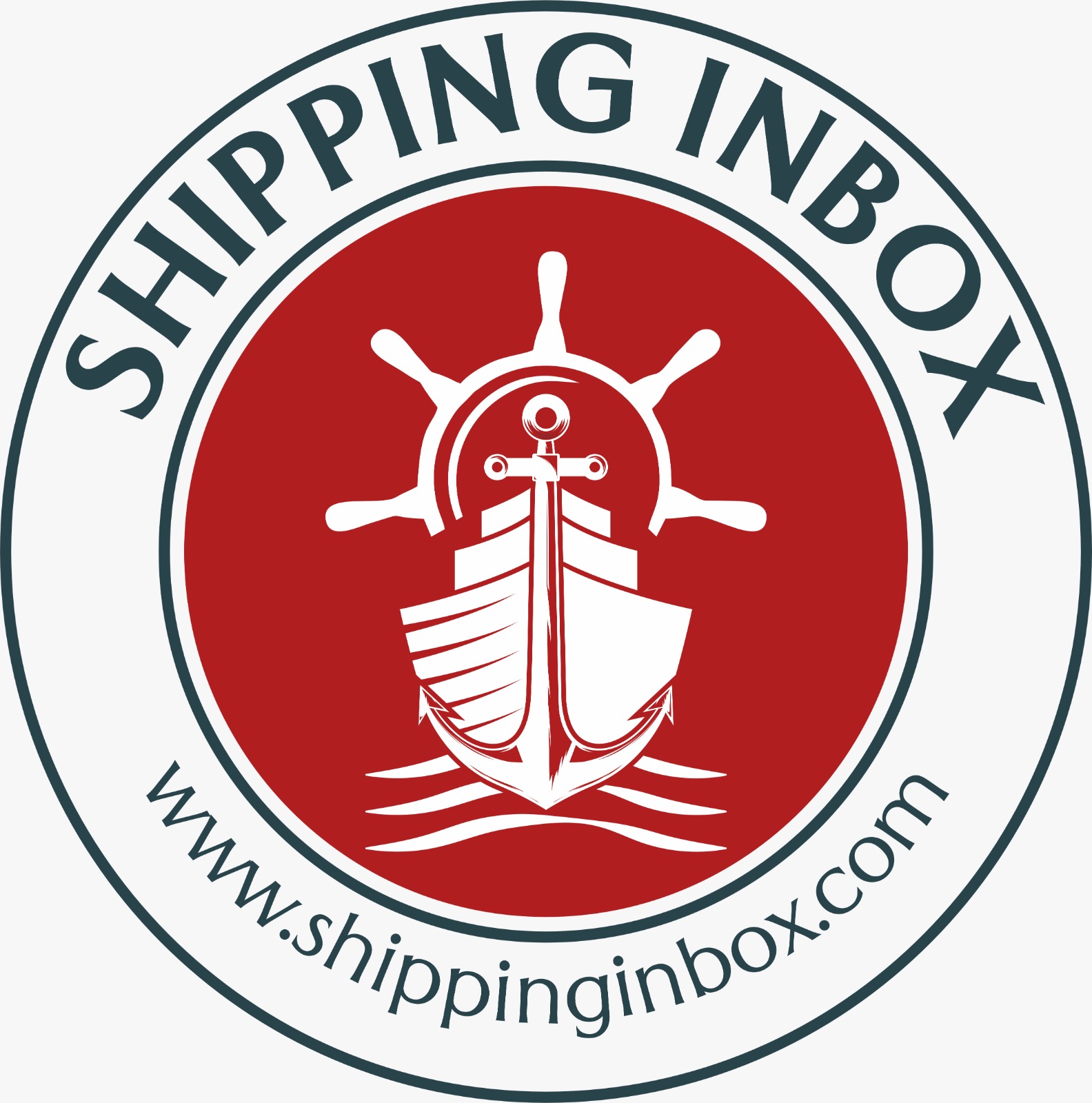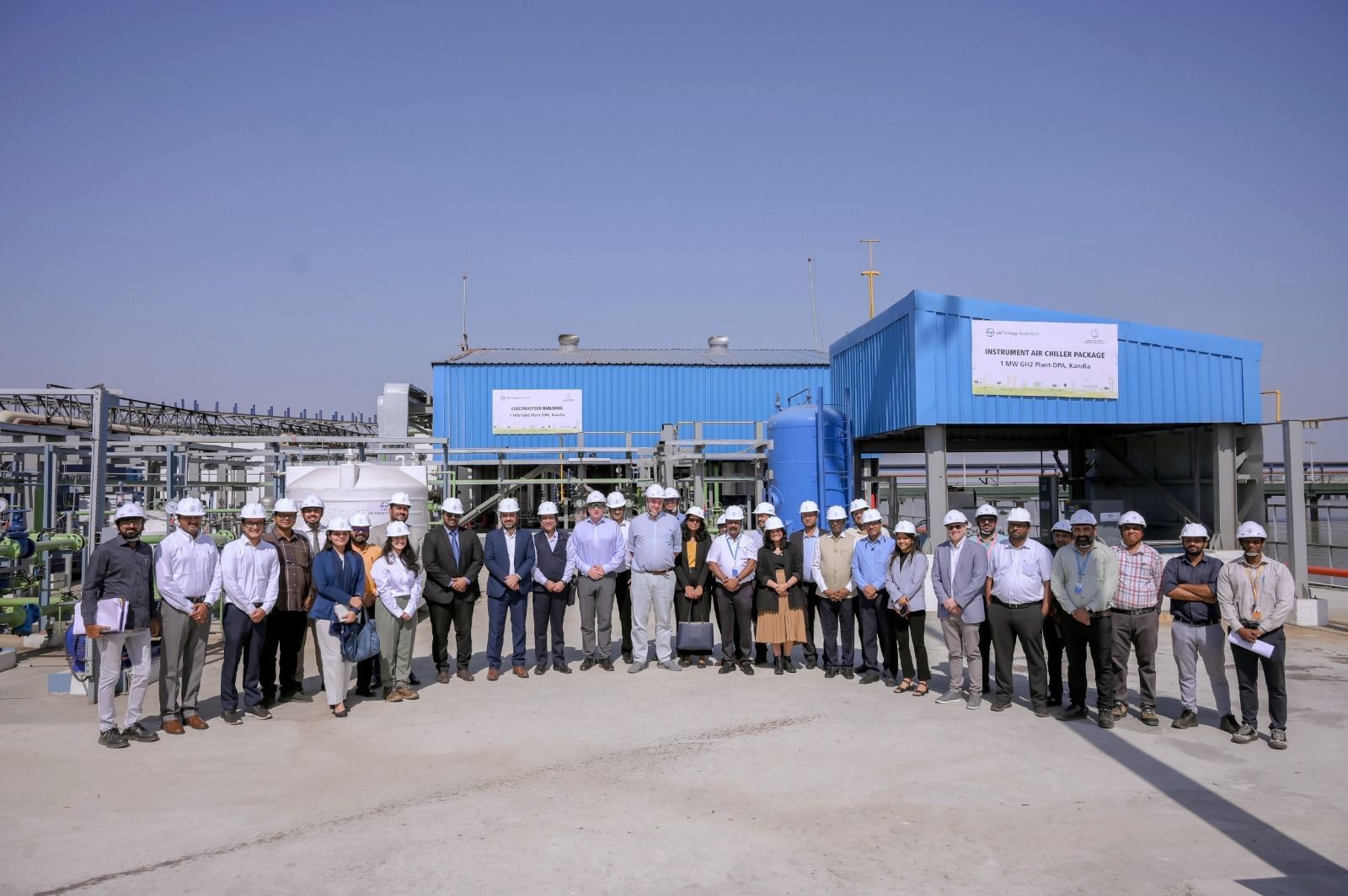Tugboats: The Unsung Heroes of Ship Berthing and Unberthing
Tugboats, small but powerful vessels, play a critical role in the maritime industry, ensuring the safe navigation, docking, and undocking (also known as berthing and unberthing) of large ships. Ports are bustling with traffic, and manoeuvring colossal ships through narrow channels, often with strong winds and currents, requires precision, coordination, and sometimes the help of a tugboat. This article will dive into the mechanics, technology, and techniques behind how tugboats assist big ships during these manoeuvres, highlighting the importance of these maritime workhorses.

You can watch the detailed video on YouTube: https://youtu.be/pXcFEmByt4s?si=6EUdEVcJVaOUe4Ex
1. Why Tugboats Are Needed
Unlike smaller boats, massive vessels like container ships, tankers, and cruise liners have limited manoeuvrability. These ships are typically designed to move straight ahead over long distances, meaning they lack agility for fine movements. Given their size and weight, they can’t quickly slow down, stop, or change directions without external help.
Furthermore, ports are complex environments. Ships arriving at ports must navigate narrow channels, avoid other vessels, and contend with variable conditions such as strong currents and high winds. In such scenarios, tugboats become indispensable for pushing, pulling, and nudging these behemoth vessels into and out of their berths.
2. Berthing Process: Bringing a Ship to Port
During berthing, a tugboat typically begins its work by assisting in steering the large ship into a channel, using its own engine power and precise manoeuvrability to keep the larger ship on course. Here’s how tugboats operate at different stages of the berthing process:
- Initial Approach: As a large ship approaches the port, it is met by tugboats that latch onto it using towing lines or other connecting mechanisms. Depending on the size and type of the ship, multiple tugboats may be needed. For instance, while one tug might focus on the stern (back) of the vessel, another might attach to the bow (front). Each tug’s position is determined based on the specific needs of the manoeuvre and the ship’s characteristics.
- Positioning and Slowing: Once secured, the tugboats take on the role of managing the ship’s movement. They often help slow down the vessel, which has a high inertia due to its massive weight, by exerting reverse force. This deceleration is crucial for positioning the ship accurately at its berth.
- Steering Assistance: As the ship approaches its docking location, tugboats apply lateral force (moving sideways) to guide it into the correct position. They make subtle adjustments, controlling the ship’s bow and stern, ensuring it remains steady despite external forces like wind and current. This side-to-side force is essential in narrow spaces where a small deviation could result in a costly collision.
- Final Push: When the ship is close to the dock, the tugboats execute a “push and pull” manoeuvre to inch it into position. They either push the vessel toward the dock or pull it away from obstacles, based on the captain’s commands and the port’s layout. Tugboat crews communicate closely with the ship’s captain and the harbour pilot to achieve seamless alignment.
3. Unberthing Process: Guiding a Ship Back to Open Waters
The process of unberthing, or guiding a ship out of the port, requires similar steps to berthing but with added challenges, as the ship must often leave in reverse. Tugboats are crucial during unberthing to ensure a smooth departure and prevent the ship from straying off-course.
- Pulling from Berth: Once the ship is ready to depart, tugboats push it slightly away from the dock. At this stage, they assist in clearing the ship from the berth, manoeuvring it safely away from the port’s boundaries.
- Guiding Through Channels: After the vessel has backed out, tugboats position themselves to guide it along narrow channels toward open water. Tugboats are particularly helpful here, as many ports have winding, congested waterways where the ship could run aground without expert guidance.
- Releasing Ties and Finishing the Job: Once the ship reaches a safer zone in open water, the tugboats release their towing lines. The larger ship’s engines take over to propel it forward, and the tugboats return to port to await the next ship in need of assistance.
4. Types of Tugboats and Technologies Used
Not all tugboats are the same; they come in various types to accommodate different ships, port structures, and environmental conditions. Some of the most common tugboats include:
- Conventional Tugboats: These are traditional tugboats with a single propeller at the stern. They’re mainly used for simple towing and basic manoeuvres but aren’t as agile as more modern tugboats.
- Azimuth Stern Drive (ASD) Tugboats: Known for their versatility, ASD tugboats have propellers mounted on a swivelling pod that allows 360-degree movement. This design offers greater manoeuvrability, making them ideal for precise berthing and unberthing.
- Voith Schneider Propeller Tugboats: These tugs are highly maneuverable, and equipped with special propellers that allow them to move in any direction instantaneously. These are frequently used in busy ports that demand intricate navigation through congested waters.
- Tractor Tugboats: These tugs are equipped with propulsion systems near the front rather than the rear, giving them exceptional control and making them suitable for operations in tight spaces.
Modern tugboats are also equipped with state-of-the-art technology, including GPS, dynamic positioning systems, and radio communication to ensure precise and efficient operation. These advanced systems allow tugboats to coordinate with the ship and port authorities to optimize their movements and timing.
5. Challenges and Skills Required
Operating tugboats is no easy task. Tugboat captains and crew must possess exceptional maritime skills, an understanding of water currents, and a keen awareness of the ships they assist. Each type of vessel requires a different approach. A cargo ship, for example, will have different manoeuvring needs than a cruise liner or an oil tanker, which may carry hazardous cargo. Tugboat captains must also be able to adapt quickly to sudden changes in weather, such as gusts of wind or shifting tides, which can complicate manoeuvres.
Beyond skills, the job requires significant physical endurance and mental acuity, as tugboat operators often work long shifts and may need to respond to emergency calls at any time of day or night.
6. Safety and Environmental Considerations
Safety is paramount in tugboat operations, as improper handling can result in severe accidents, damaging ships, docks, and the environment. Tugboats are designed with safety features such as reinforced hulls, stability systems, and emergency tow release mechanisms to prevent accidents in case of mechanical failure. Additionally, modern tugboats have environmentally friendly engines that reduce emissions, a priority in many global ports aiming to cut pollution.
7. Conclusion: The Essential Role of Tugboats in Maritime Operations
Tugboats are the unsung heroes of the maritime world, playing a crucial role in keeping busy ports functioning smoothly and safely. Without tugboats, large vessels would face extreme difficulty navigating crowded harbours, leading to delays, accidents, and significant operational challenges. Tugboats provide the support, power, and precision needed to dock and undock ships in all weather conditions, making them invaluable to the shipping industry. As maritime technology evolves, tugboats will likely incorporate even more advanced systems, continuing their role as indispensable tools for port operations around the world.
Author: shipping inbox
shipping and maritime related web portal








